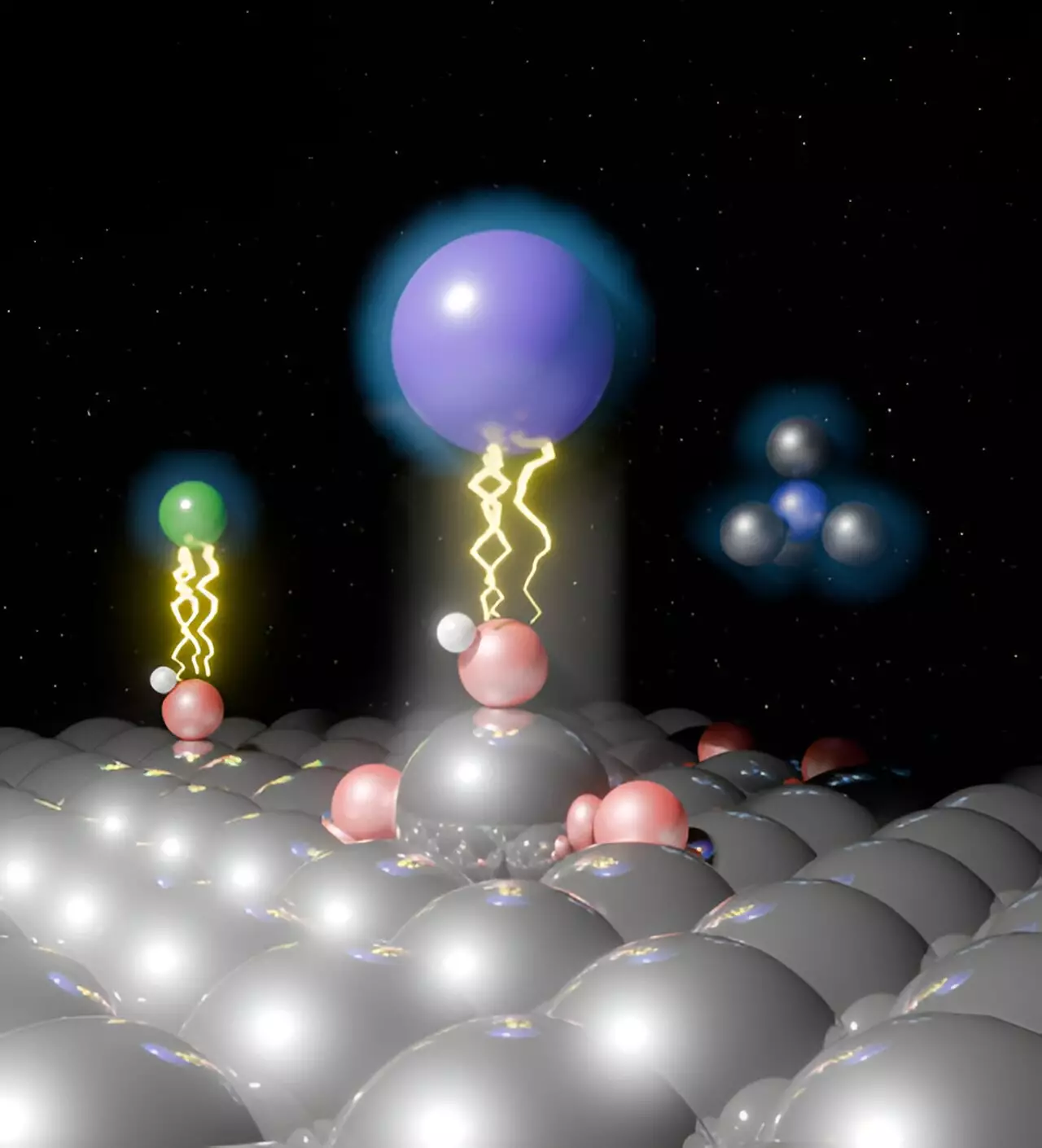Platinum (Pt) electrodes are essential components in clean power technologies such as hydrogen fuel cells and electrolysis. These electrodes play a crucial role in catalyzing reactions that produce clean energy. However, the surface oxidation that occurs during these processes can degrade the performance and stability of the catalyst. This degradation poses a significant challenge in the development of next-generation catalysts for achieving a carbon-neutral society.
Researchers have recently explored the mechanisms of surface oxidation on Pt surfaces in alkaline media, which was previously unexplored. These investigations have provided valuable insights into the process of oxide formation on platinum electrodes in alkaline environments. Understanding these mechanisms is essential for developing efficient Pt cathode catalysts that can operate effectively in alkaline conditions, such as those found in fuel cells and electrolyzers with anion exchange membranes.
Led by Professor Masashi Nakamura from Chiba University, Japan, a team of researchers conducted experiments to investigate oxide formation on Pt surfaces in alkaline solutions containing various cations. Through advanced techniques such as X-ray crystal truncation rod (CTR) scattering, gold nanoparticle-based surface-enhanced Raman spectroscopy (GNP-SERS), and infrared reflection absorption spectroscopy (IRAS), the team uncovered critical insights into the surface oxidation processes on Pt electrodes.
The study revealed that the formation of oxide species on the Pt surface is influenced by the presence of different cations in the alkaline solutions. Hydrophilic cations like Lithium (Li+) were found to stabilize certain oxide species, preventing harmful oxide formation. On the other hand, moderate hydrophilicity of Potassium (K+) did not show a protective effect. Interestingly, bulky hydrophobic cations like Tetramethylammonium (TMA+) also played a role in reducing irreversible oxidation on Pt surfaces.
The findings from this research highlight the importance of considering the role of interfacial cations in controlling oxide formation on Pt surfaces. By selecting appropriate cations, researchers can potentially enhance the performance and stability of Pt electrocatalysts for use in next-generation electrochemical devices. These insights are crucial for advancing towards a zero-carbon future powered by abundant and clean hydrogen.
The study on surface oxidation mechanisms on Pt electrodes in alkaline media represents a significant step towards developing efficient catalysts for clean power technologies. By gaining a deeper understanding of the role of interfacial cations in oxide formation, researchers can pave the way for the creation of high-performance and stable Pt electrocatalysts. This research is instrumental in driving the transition towards a sustainable and carbon-neutral society powered by clean energy sources.



Leave a Reply